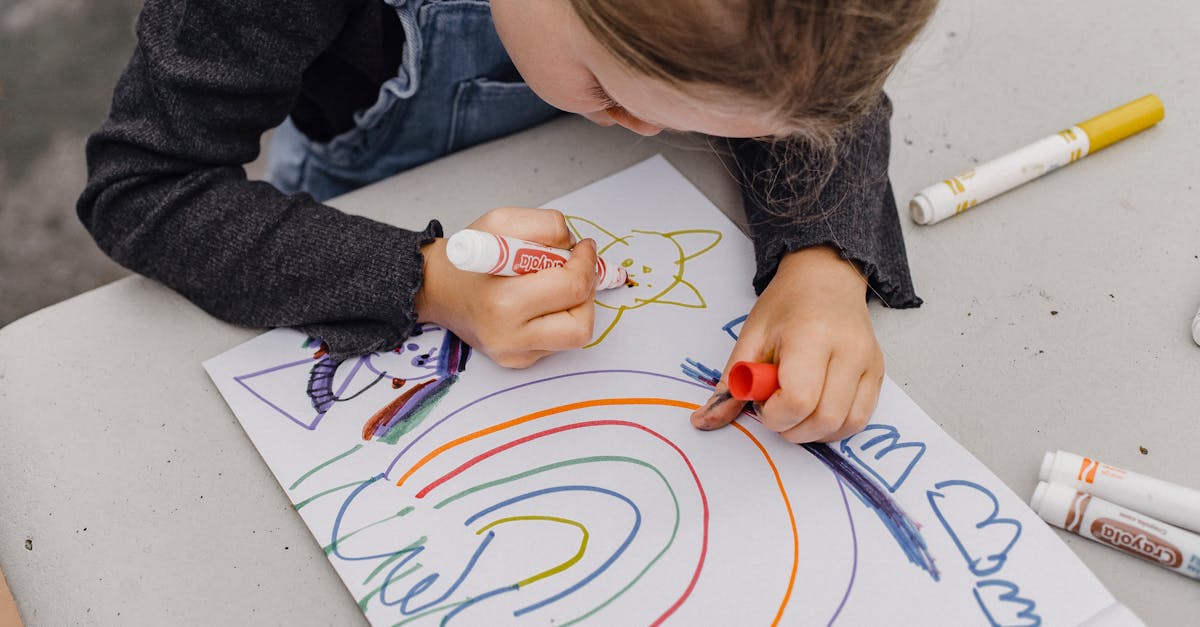Quiet Time Benefits
Implementing quiet time for toddlers might seem like negotiating peace talks at times, but the payoffs are huge. Not only does it give parents a much-needed respite, but it also benefits toddlers by enhancing their creativity, increasing their ability to focus, and improving overall emotional regulation.
Dive into the world of quiet time, where silence is golden, and peace is possible, even with the most energetic toddlers.

Benefits of Quiet Time:
- Enhances creativity
- Increases ability to focus
- Improves emotional regulation
Setting the Stage for Silence
Setting the stage for quiet time is more about psychology than about setting an actual stage. It means transitioning from high-energy play to more calming activities. Establish a specific area in your house designated for quiet time. This could be a cozy corner with cushions, a soft rug, and a basket of quiet time toys and books. The environment should whisper (quite literally), ‘It’s time to wind down.’

Creative Quiet Time Activities
Think outside the box with quiet time activities. From puzzles that challenge their little brains to storybooks that transport them to another world, the options are endless. Arts and crafts projects that don’t require much supervision, like coloring or simple crafts, are great too. Remember, the goal is to foster independence and creativity, so choose activities that your toddler can engage in without much help.

Tackling Common Challenges
Every parent knows that implementing new routines with toddlers can often result in resistance, or, let’s be honest, tantrums. The key to overcoming these challenges lies in consistency and making quiet time a non-negotiable part of the day. Start with short durations and gradually increase the time as your toddler adjusts. And always, always, have a plan B activity up your sleeve.

Establishing a Routine
Like any good habit, establishing a quiet time routine requires consistency. Choose a time of day when your toddler is naturally more inclined to wind down, perhaps after lunch. Stick to this time religiously, so your toddler knows what to expect. Use a visual timer to help them understand the concept of time and to signal when quiet time begins and ends.

Fostering Independence
Quiet time does more than just keep your toddlers occupied; it teaches them valuable lessons in independence. After all, the goal isn’t just to get a break (though that’s a nice bonus) but to raise individuals who can find joy and engagement in their own company.
Encourage your toddler to choose their quiet time activities, reassuring them that it’s okay to play alone and illuminating the path to self-discovery and independence.

